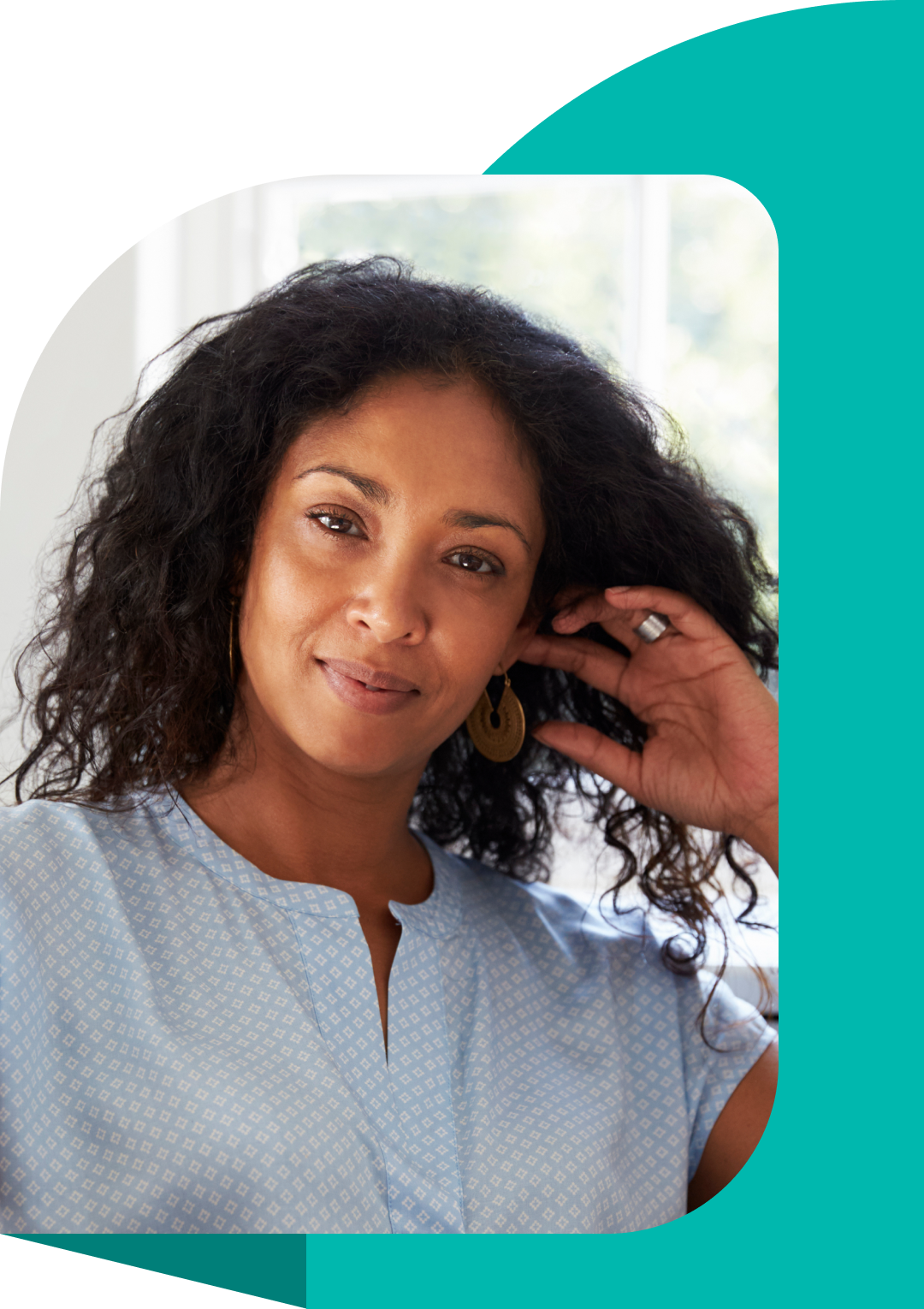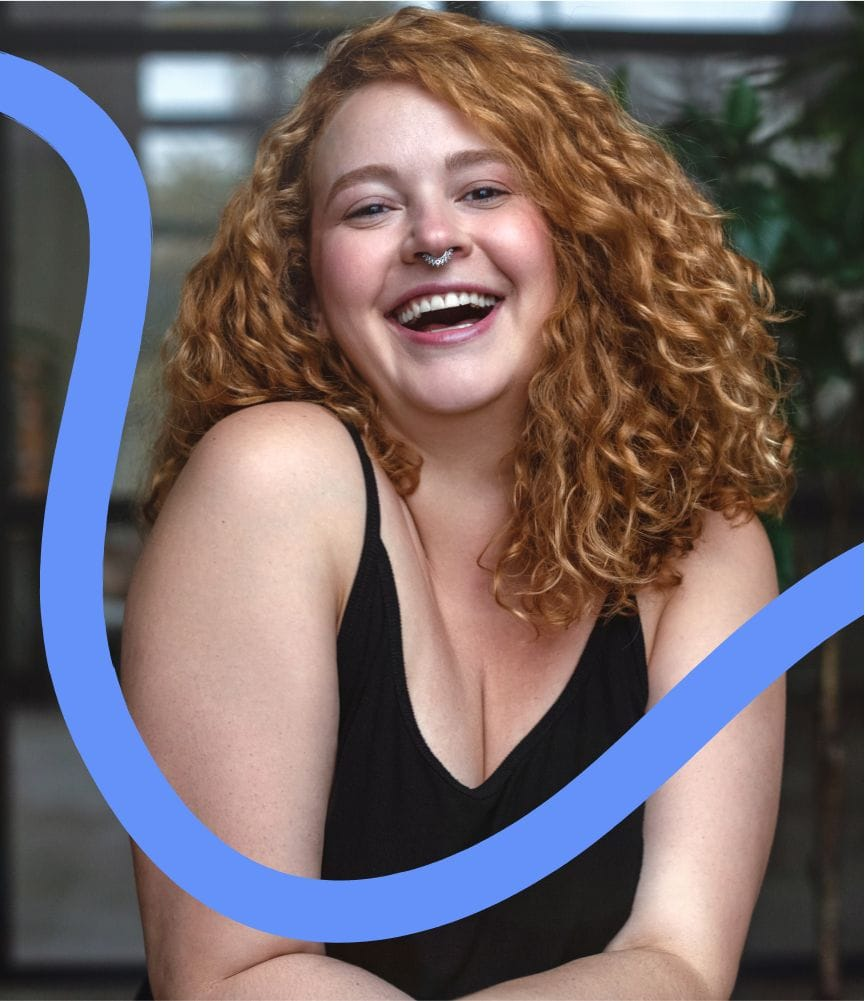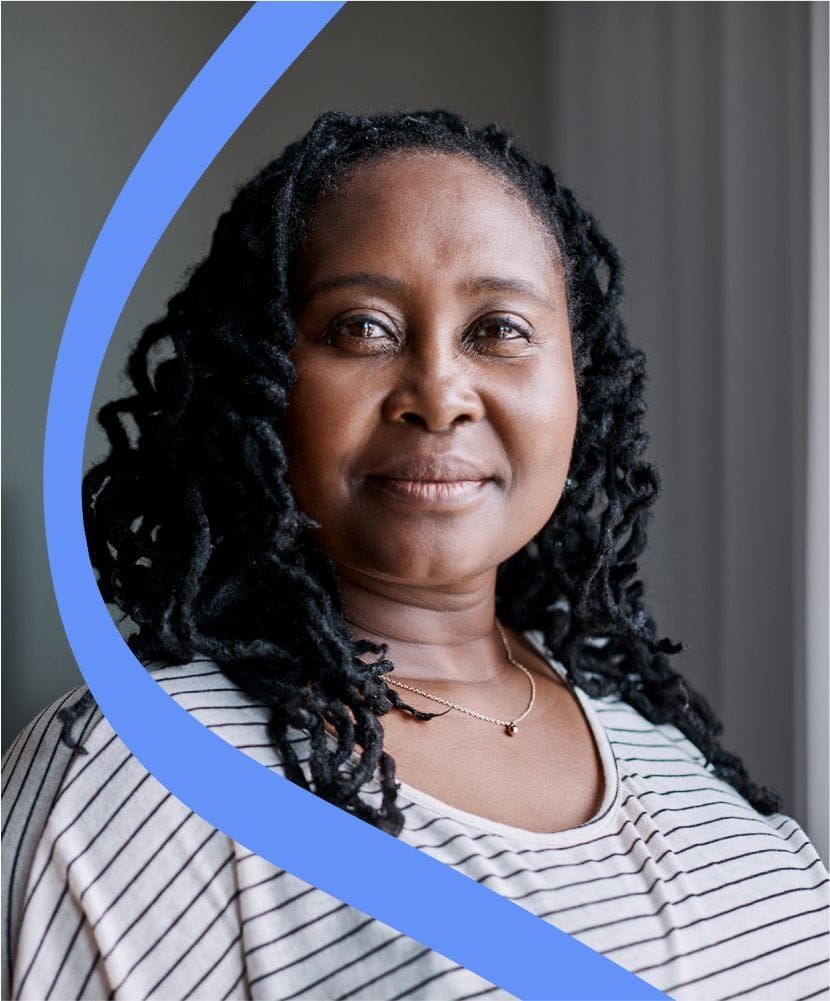Facts and statistics about eating disorders in BIPOC communities
- Research shows that 20-26% of those affected by eating disorders are BIPOC people, indicating that BIPOC people are as likely as their white counterparts to develop eating disorders. ¹
- BIPOC individuals with eating disorders are half as likely to be diagnosed or to receive treatment.²
- BIPOC individuals are significantly less likely than white people to have been asked by a doctor about eating disorder symptoms.
- Latinx and Native American patients with eating disorders are significantly less likely than white patients to receive a recommendation or referral for further evaluation or care.³
- Black teenagers are 50% more likely than white teenagers to exhibit behaviors of bulimia, and Hispanic people are significantly more likely to suffer from bulimia than their non-Hispanic peers.⁴
- One study found that Hispanic girls reported significantly greater body dissatisfaction than white girls and may be at a greater risk for adopting eating disorder behaviors than previously thought.⁵
- Young black girls are just as likely as young white girls to report binge eating or vomiting, and even more likely to report fasting and abuse of laxatives or diuretics.⁶
- Research has found that Asian American women demonstrate higher rates of disordered eating than other women of color, as well as higher rates of food restriction and purging as compared to their white peers.⁷

Eating disorders in BIPOC communities are underdiagnosed for a number of different overlapping reasons. Here are some of the biggest ones:
- Stereotypes about who gets eating disorders. Though awareness is starting to increase about who really gets eating disorders, decades of media depictions have led millions of people to assume that only thin, white, affluent girls get eating disorders. This misconception—which research has continually shown is false—leads both healthcare professionals and loved ones to miss eating disorder signs in BIPOC people. In fact, one study found that clinicians were less likely to diagnose a fictional patient with an eating disorder if they were African-American rather than white.
- Gaps in the research. The vast majority of eating disorder research is on white people with eating disorders. This means that information is sorely lacking on how eating disorders specifically show up in BIPOC populations.
- Stigma within the community. In many BIPOC communities, mental health issues, such as eating disorders, are treated as taboo, making it harder for those struggling to reach out for help.
Underdiagnosis is one of the biggest barriers to treatment for BIPOC people, and the same factors that fuel underdiagnosis (stereotypes, lack of research, and stigma) can present challenges in treatment. BIPOC people may also face other hurdles to effective treatment:
- Language barriers. Some BIPOC patients or their families may speak a language other than English, which is the most common language used by treatment teams in the United States. How can you begin to get effective care if your treatment team isn't able to speak your language?
- Cost of care. Eating disorder treatment can be prohibitively expensive for people of any race, but because of racial wealth gaps, this may be a more common challenge for BIPOC families.
- Cultural ignorance. Many eating disorder clinicians lack awareness about cross-cultural differences in terms of nutrition, dietary choices, values, and more. This can lead to treatment recommendations that just don’t work, and patients who feel alienated from their care team.
- Lack of diversity. It’s not uncommon for both providers and patients in eating disorder treatment settings to be predominately white. This lack of racial and ethnic diversity can be a barrier to recovery, as both patients and their family members may feel like they don’t belong or that their clinicians can’t understand their experience.
To best support a BIPOC person struggling with an eating disorder, it’s important to help them navigate all the challenges laid out above. This means remembering that eating disorders don’t have a “look,” and they, like any patient population, deserve access to culturally responsive care.
Eating disorders of all types affect BIPOC communities at the same rate that they affect white communities. However, there is some research that suggests some eating disorder symptoms may be more common in BIPOC individuals.
Research shows that Black teenagers are 50% more likely than white teenagers to exhibit binge eating and purging behaviors. Another study found that among Black adults and adolescents, anorexia was the rarest eating disorder while binge eating was the most common.
According to one study, there are elevated rates of binge eating and binge eating disorder among Latinx populations, but low prevalence of anorexia nervosa and bulimia nervosa. Research has also found that Asian Americans have higher rates of disordered eating than other BIPOC groups.
It’s important to take all of this with a grain of salt: the research is very limited, and every type of eating disorder exists across every race.








